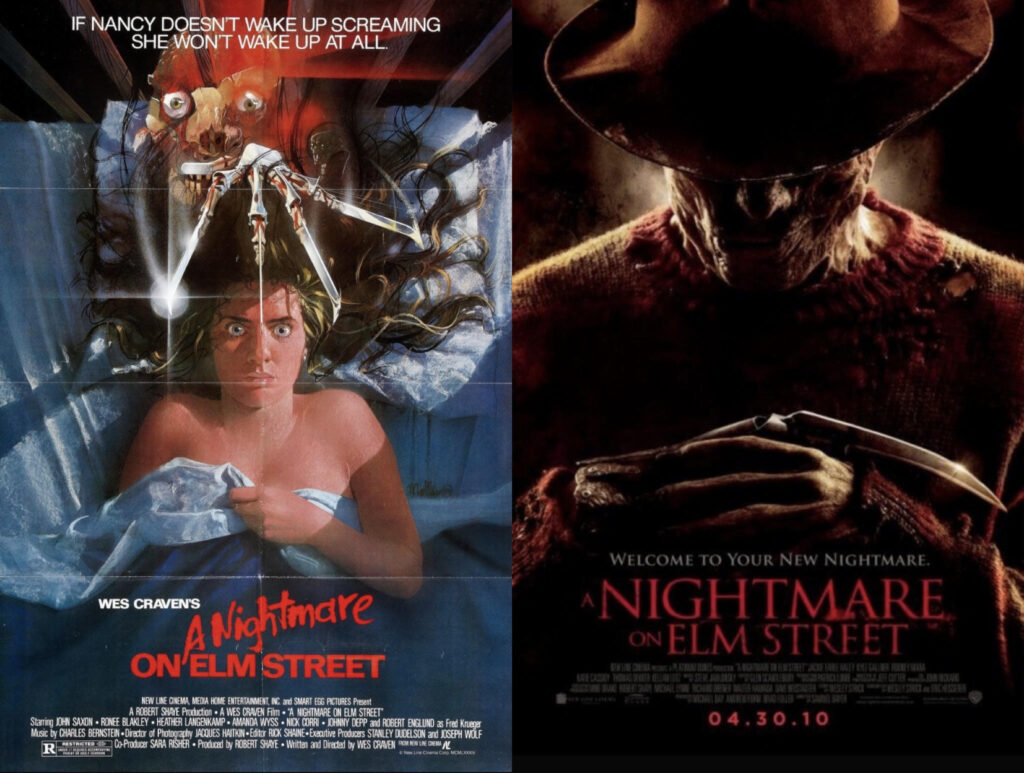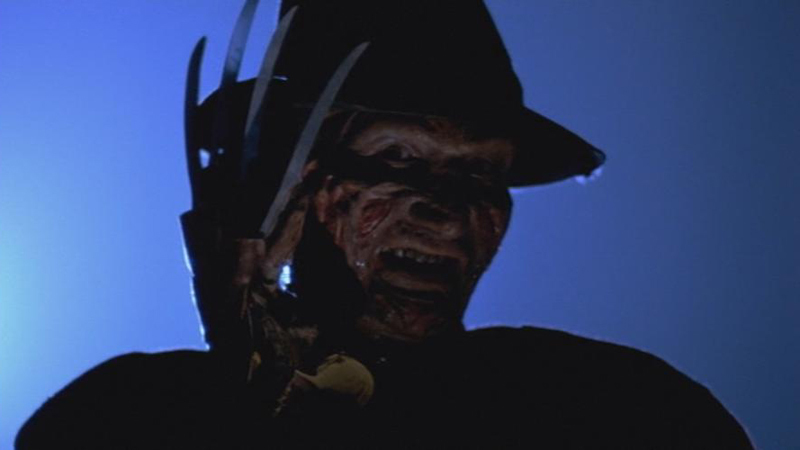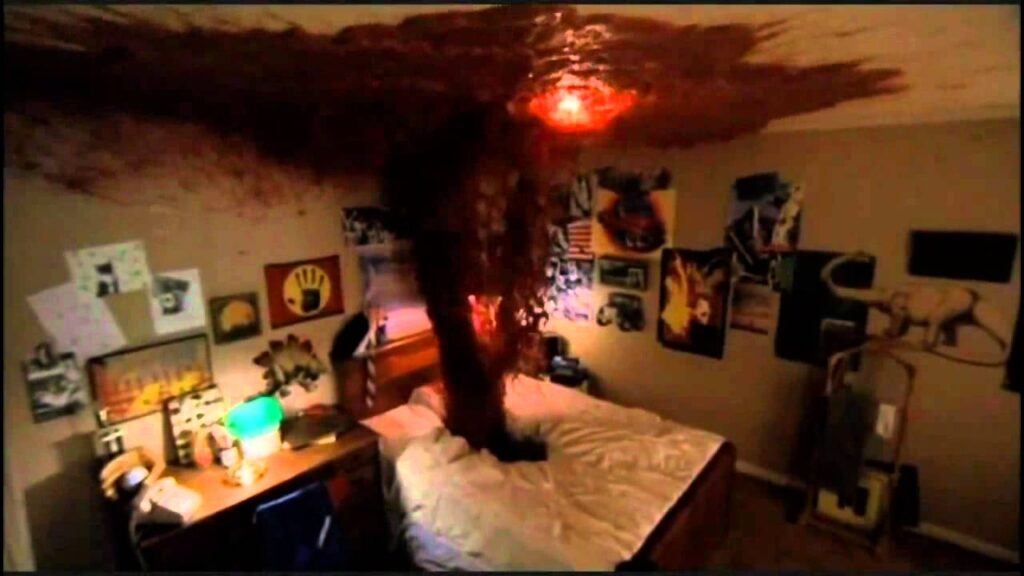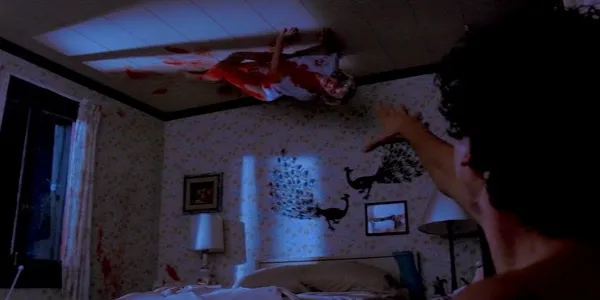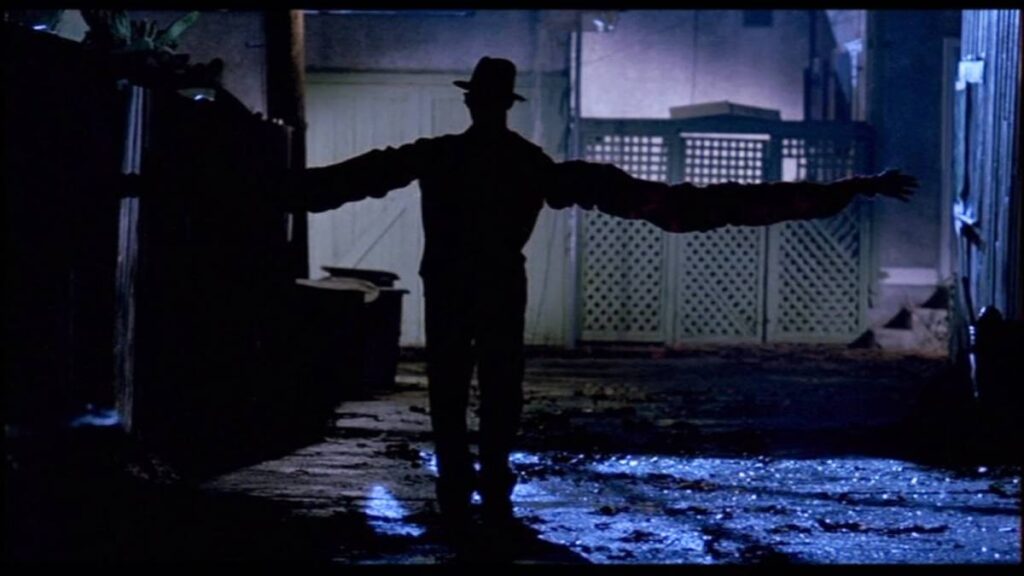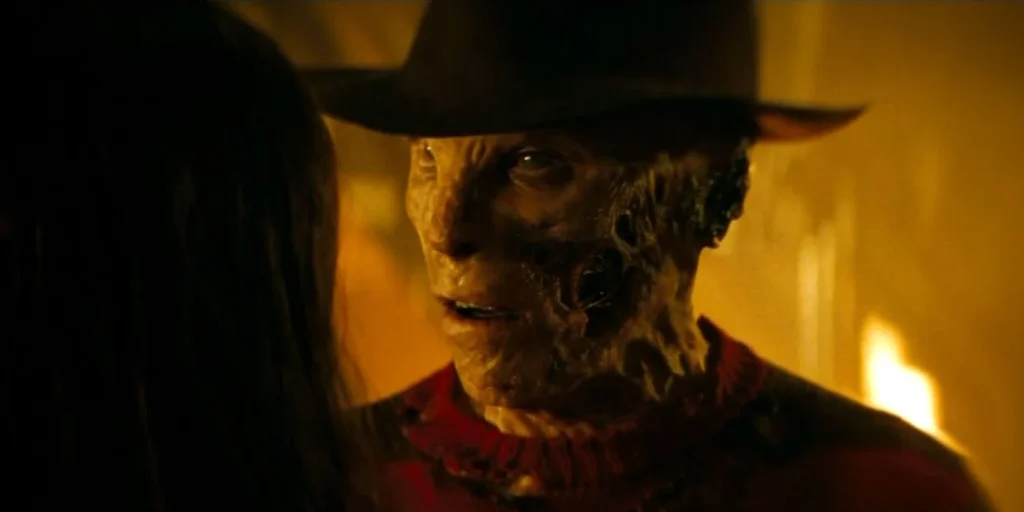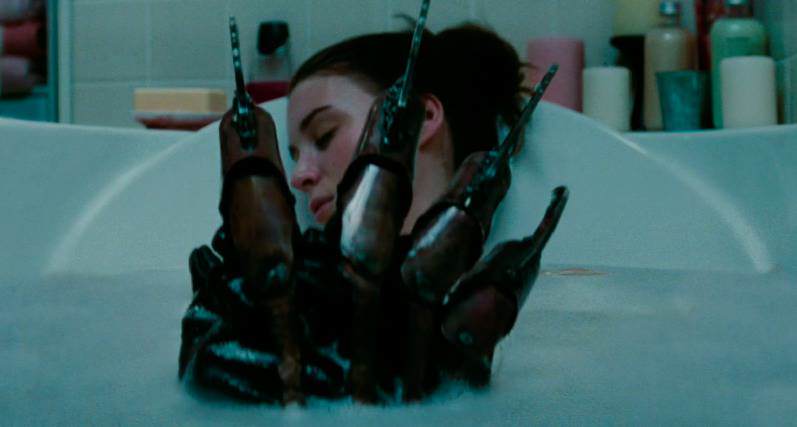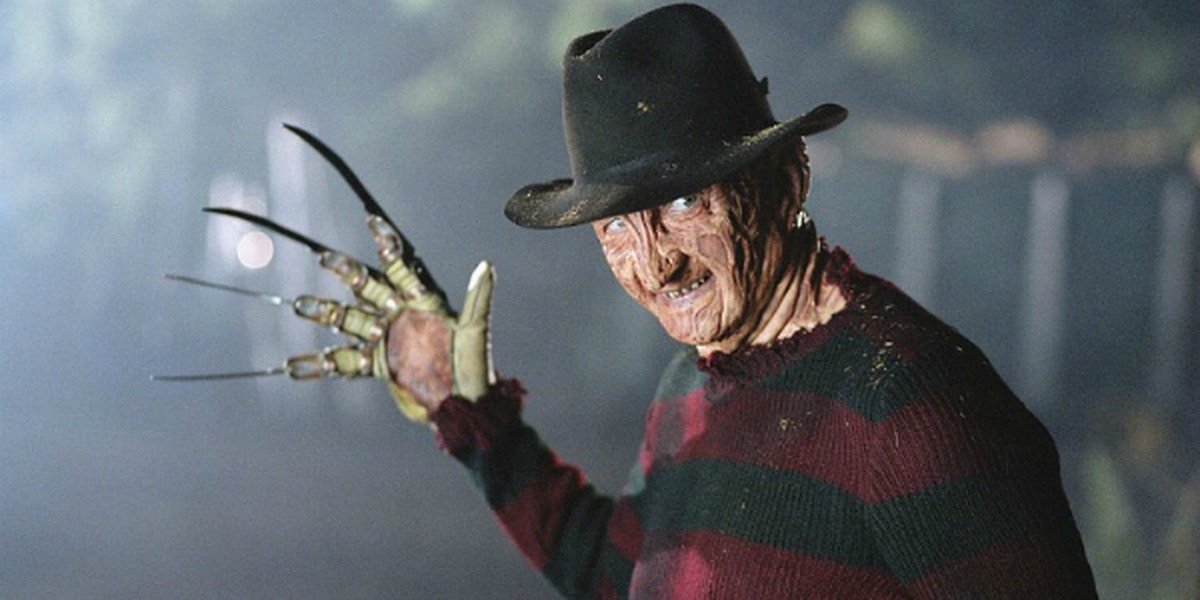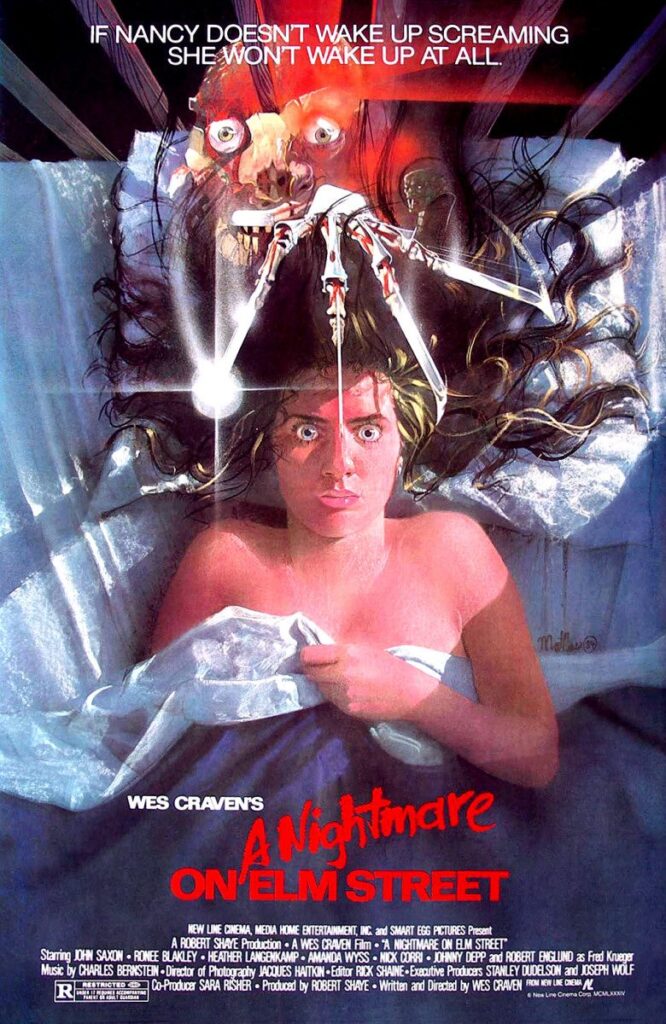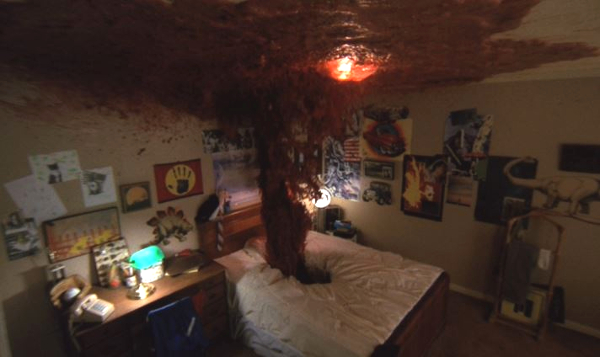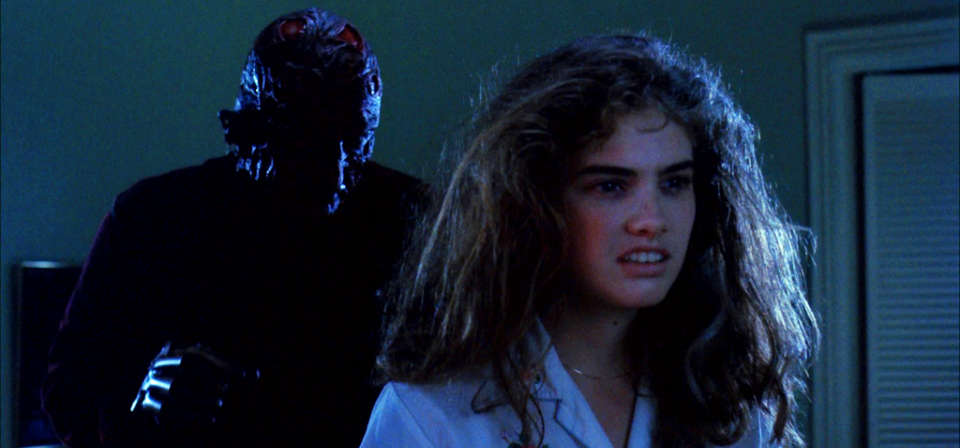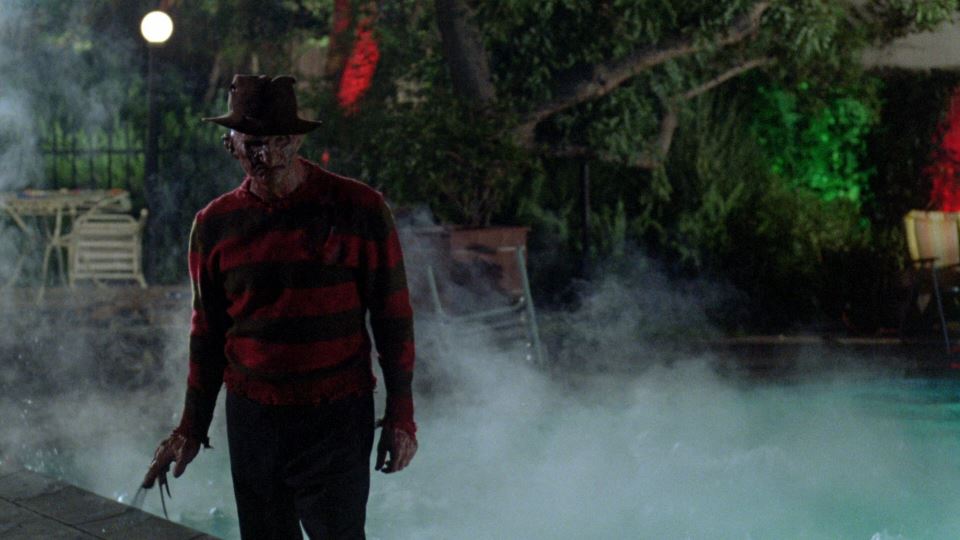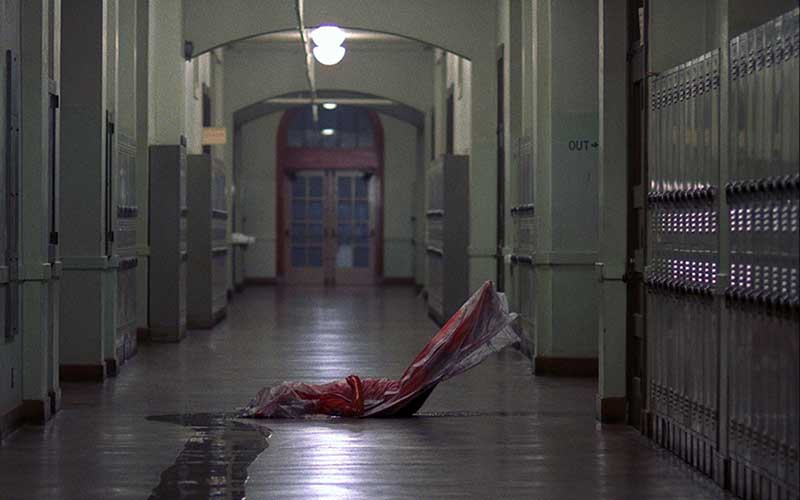
1- Halloween II (Directed by Rick Rosenthal, 1981)

On All Hallows Eve babysitter Laurie Strode (Jamie Lee Curtis) has to fend off Michael Myers, a masked crazed killer. Since the events, Laurie has been taken to hospital to recover from the dreaded attack, but Myers refuses to go down without his revenge.
Time and time again it has been stated that John Carpenter’s Halloween (1978) was the kick-starter for the beloved slasher subgenre. Carpenter’s spooky fright fest turned heads across the world of horror, cementing a change from the normalised ghost or sci-fi story and creating the premise of the ‘slasher icon’. Michael may have made his first appearance in the late 1970s, however Halloween II is just as unforgettable, legendary, and necessarily terrifying as the one that started it all. With Rick Rosenthal in the director’s chair and Carpenter as writer, Halloween II is a rip-roaring jubilee of thrills, both featuring some truly epic kills, including the striking death by scalding scene, and the introduction of what would end up being the Halloween franchises defining story arc- Michael Myers was Laurie Strode’s brother this whole time!
2- Friday the 13th (Directed by Sean S. Cunningham, 1980)

Camp Crystal Lake has long been plagued by the wrongful death of a young boy, Jason Voorhees. Years have passed since the incident and the camp is set to reopen for the summer, however, when the counsellors show up to prep the site, they begin dropping off one by one.
Friday the 13th is entirely synonymous with the early days of the slasher era. The template founded within this film pushed horror into a bloody, camp, and above all an entertaining spectrum rife with scandalous teens being punished for their misdeeds in the most gnarliest of fashions. The entire premise of Friday the 13th thrives in a careful balance of exploitation and humour, both pleasing avid gore hounds and average movie-goers thirsty for something out of their comfort zone. Over the years, what started out as a profit seeker from Wes Craven’s OG collaborator Sean S. Cunningham has now become a multi-dimensional cinematic universe, with countless sequels, merchandise galore, and even a very successful video game. Whilst some of the franchise’s later ventures (particularly Part III [1982] and Final Chapter [1984]) go above and beyond in fleshing out Jason’s legacy, this iconic series would be nothing without this timeless original.
3- Sleepaway Camp (Directed by Robert Hiltzik, 1983)
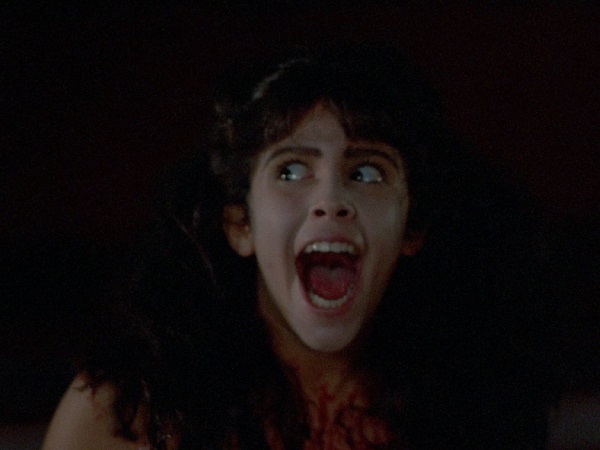
Camp Arawak is a safe haven for parents to send their kids off to for the summer season, however, not much joy is to be found as a mysterious killer begins to slay their way through the camp.
Thanks to Friday the 13th, summer campgrounds became a chief factor for eighties slashers, in fact it’s difficult to narrow down all of the great campsite horrors from the decade, with The Burning (1981) and Madman (1982) being strong classics within the genre, but Sleepaway Camp continuously rises to the top. The performances are certainly off-kilter thanks to the dramatic yet purposefully hilarious character of Sleepaway Camp’s archetypal mean-girl Judy (Karen Fields), whose bratty brashness has been the blueprint for many on-screen rascals to come. Joining the string of amusements is the film’s burning secret that is the reasoning behind Sleepaway Camp’s successful reputation that remains upheld to this day, nearly forty years later. The ending comes as a total shock, straight out of the blue, in fact the director’s twist reveal has been continuously compared to the classic Hitchcockian shocker that features in the one and only Psycho (1960).
4- The Slumber Party Massacre (Directed by Amy Holden Jones, 1982)
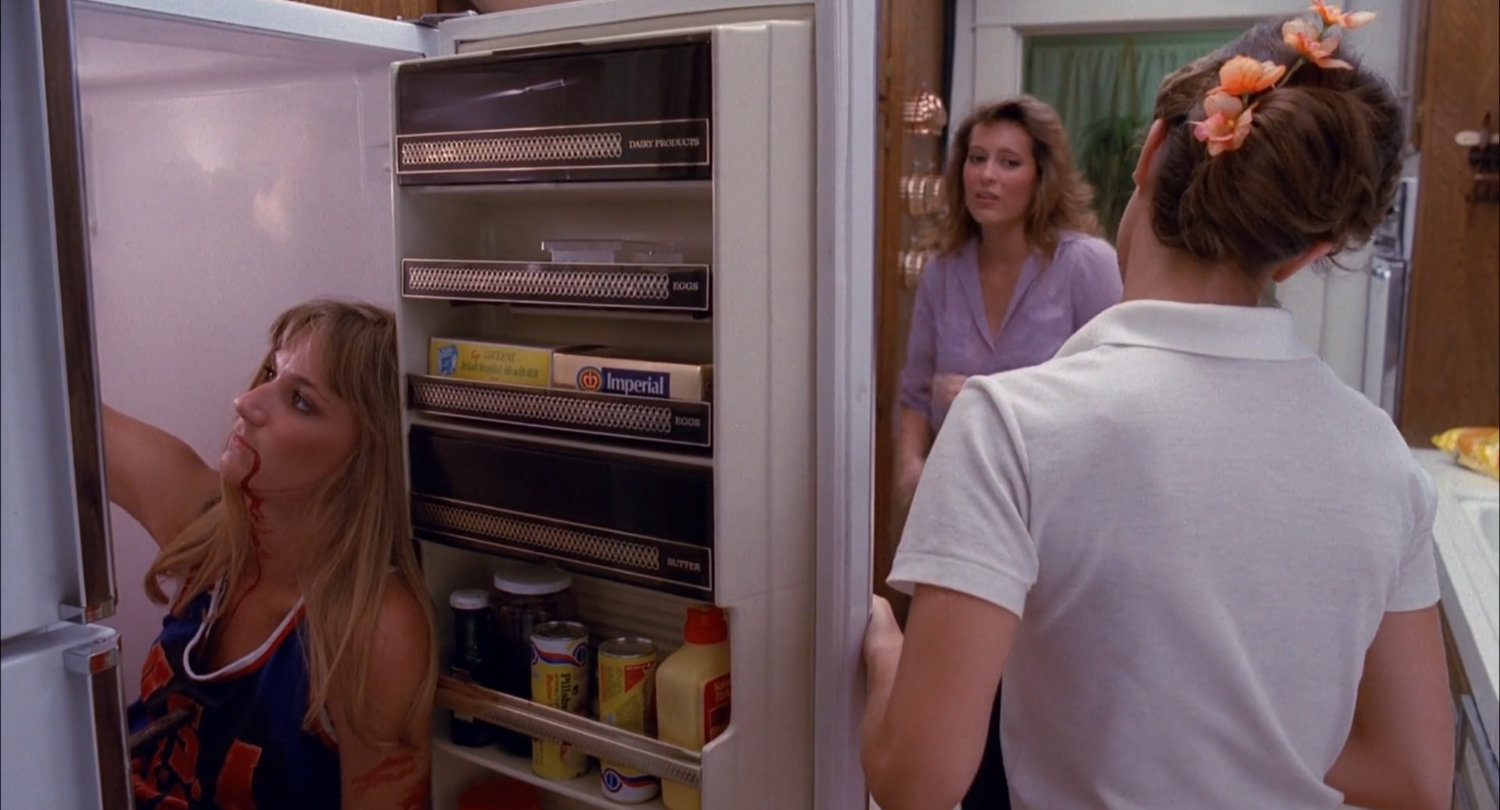
An unsuspecting slumber party turns deadly when a recently escaped serial killer goes on the run with his power drill.
Verging on the cusp of satire, but still rooted within genuine horror is Amy Holden Jones The Slumber Party Massacre. Writer, Rita Mae Brown originally conceived the film as a spoof, mimicking the influx of low budget splatter’s that quintessentially took over the 1980s home video market. During production the tongue-n-cheek writing evolved into something more concerned with profitability, essentially becoming another run of the mill thriller equipped with plenty of nudity and brutal gore. However, allowing the film to stand out amongst the rest is Mae Brown’s and Holden Jones obvious authenticity devout to creating elaborate characters that are more than just meat for the phallocentric drill-wielding maniac stalking the teens.
5- April Fool’s Day (Directed by Fred Walton, 1986)

A group of college students take a trip to a friend’s isolated island manor. Little do they know someone is on a deadly mission to wreak havoc on the gang.
Over the years a barrage of holiday themed horrors has taken the stage, with the best of the bunch being Black Christmas (1974), My Bloody Valentine (1981), and finally April Fool’s Day. Stylishly executed and brimming with that 80s Charm, Fred Walton delivers one of his most innovative and unexpected pieces of works that stands right up there with his other hits including When A Stranger Calls (1979). Rather intentionally April Fool’s Day, like a prank experienced on the 1st, constantly toys with the audience’s assumptions, making sure to pack a hefty punch when the film’s marvellously unforgettable ending is revealed.
6- A Nightmare on Elm Street (Directed by Wes Craven, 1984)
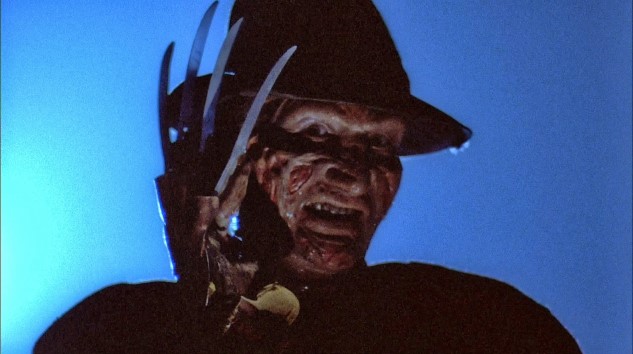
Years after a vengeful death, Freddy Kruger (Robert Englund) begins to haunt the residents of Springwood in their dreams.
Michael Myers, Jason Voorhees, and Freddy Kruger have become somewhat of the unholy trinity of slasher villains. Each pack member harbours a frightful exterior, murderous habits, and most importantly a vicious taste for blood. However, no one else has a nasty personality like the one and only Fred Krueger. A Nightmare on Elm Street is literally your worst nightmare; the premise of a serial killer hellbent on killing you in your most vulnerable state is terrifying, especially when this blurring between dreams and reality is combined with the brutal deaths that Freddy enacts on each one of his victims. Aiding the film to remain in the spotlight is the incredibly effective practical effects, such as the iconic bed of death scene where a baby-faced Johnny Depp is sucked into a mattress that gushes out gallons of blood.
7- Prom Night (Directed by Paul Lynch 1980)

During a high school prom an unidentifiable killer hunts down a group of teens who were responsible for an accidental death years prior.
Like a typical sleeper hit, Prom Night did not receive glowing reviews upon its release from nearly every major critic and media outlet, but it was Canada’s highest grossing film of the year. Overtime Prom Night’s reputation has soared, with Paul Lynch’s slasher epic now being considered a bonafide cult classic. Amongst the early stages of the film a more generic approach to the setting and timing was in plan, but the script was imminently changed to focus around a universal event to attract more audiences, thus resulting in the now iconic school dance setting. With the unique setting, immersive soundtrack, and detailed narrative comes a factor that can be rare in slashers, fully fleshed out characters. Jamie Lee Curtis will always hold the crown of being one of horror’s most glorified Scream Queens, and whilst Halloween is primarily responsible, Curtis’s performances of a distressed but fearless final girl/prom queen accelerates the film into a whole other level of legendary.
8- Pieces (Directed by Juan Piquer Simón, 1982)
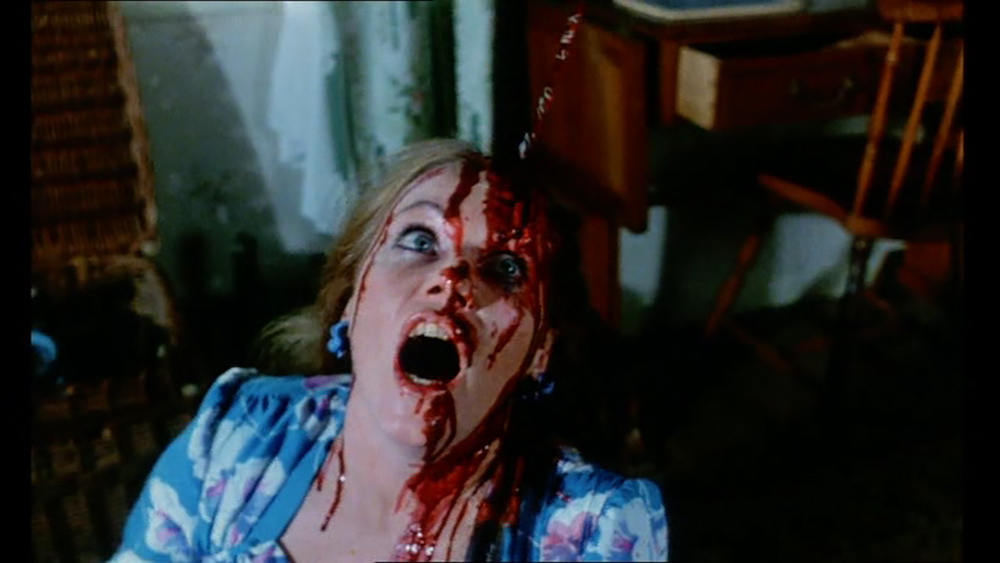
The students from a college campus are being killed off by a mysterious killer whose aim is to create a human jigsaw using the body parts as puzzle pieces.
Upon its initial release Pieces was met with rather a lot of contention. Of course, the notion of an unhinged serial murderer stalking and violently killing people in order to compose a sick puzzle is certainly disturbing when composed as such, however, as any slasher fan knows, it always sounds worse than it is. Pieces may not have been on the most serious section leading to prosecution on the video nasties list, but the film was still seized and subsequently confiscated in the UK. With its historical reputation, Pieces may seem like another dose of schlock, yet Juan Piquer Simón masterfully crafts a giallo-slasher hybrid rich with dramatic stylisation, a cathartic ending, and such a high level of absurdity that slightly infuses the film with an air of deadpan humour.
9- The House on Sorority Row (Directed by Mark Rosman, 1982)

A seemingly harmless prank thrown by a group of sorority sisters leads to deadly consequences.
Sororities and frats have garnered quite the reputation in horror movies over the years, with films such as Sorority Row (2009), Sorority House Massacre (1986), Pledge (2018), and The Initiation (1984) all tackling the inner dynamics that naturally occur within sorority environments. In line with this notion, The House on Sorority Row relies upon a whodunit basis to build up dread and tension, forcing the viewer to be unsure of everyone’s actions, making the film a fright to remember. At the time, when slashers were released to the public it was not uncommon for the masses to view them as degrading or unimportant to cinema as a whole, however Mark Rosman’s juggling of heavy gore and suspenseful kills made the film hit the top spot with audiences and critics alike.
10- The Mutilator (Directed by Buddy Cooper & John S. Douglass, 1984)

A grief stricken man goes on a campaign of vengeance at a beachfront condo.
On the outskirts, The Mutilator may seem like an ordinary slasher, filled with middle-of-the-road theatrics, unrealistic gore, and frivolous chase scenes. Whilst, The Mutilator does revel in the typical formula of stalk and kill antics, Buddy Cooper and John S. Douglass have created a memorable and more than efficient slasher that manages to be lighthearted and ghastly at the same time. The college coeds featured in the film are considerably developed, with their presence acting as a major contributing factor to the story, rather than just acting as slasher bait. Alongside this is The Mutilator’s brutally violent effect’s that still put up a tough fight against today’s SFX.
Looking for more top horror lists and reviews? Check out our blog here..

